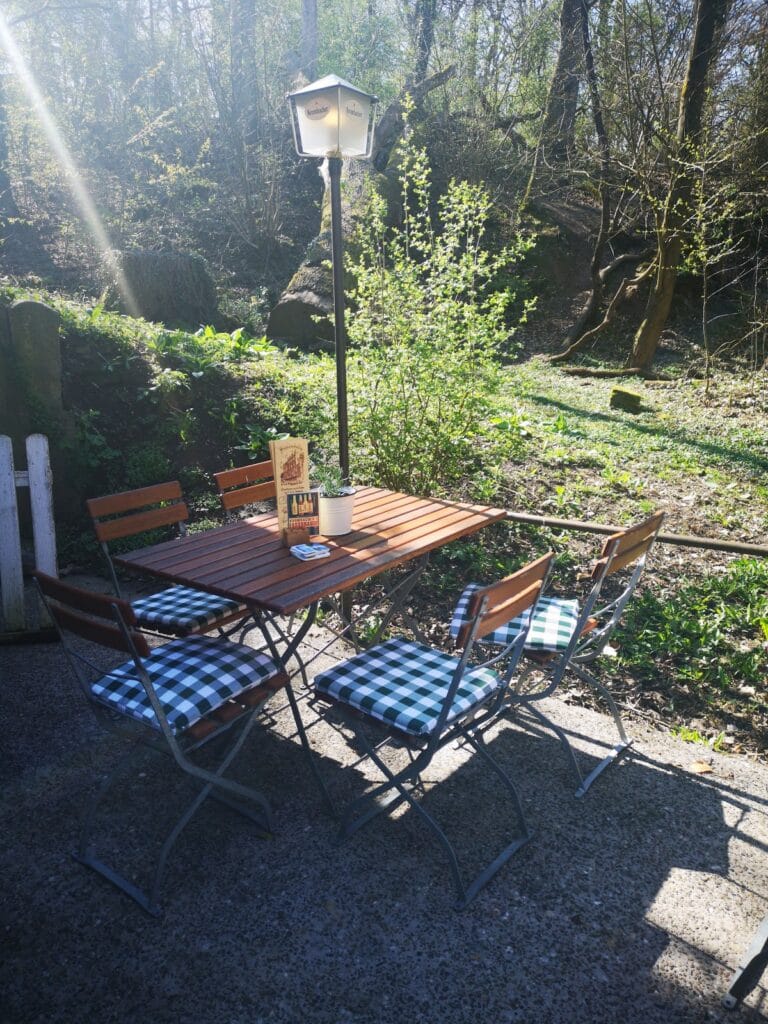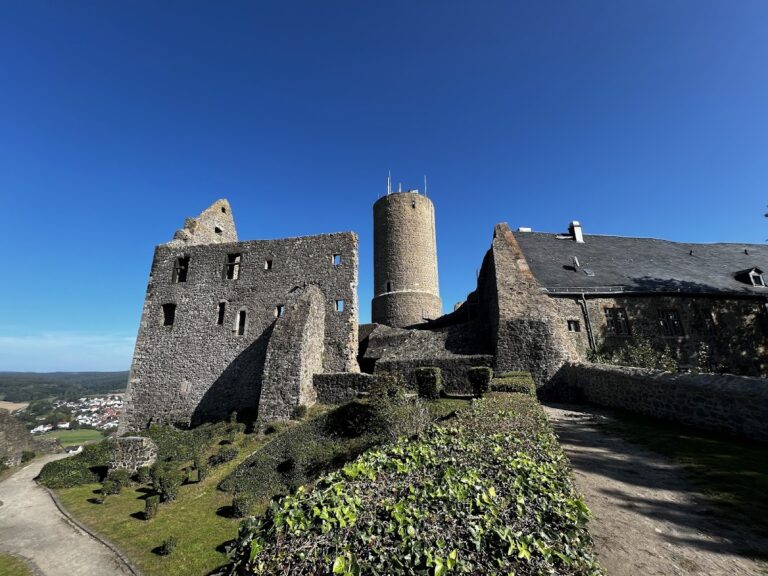Frauenberg Castle: A Medieval Fortress in Ebsdorfergrund, Germany
Visitor Information
Google Rating: 4.5
Popularity: Low
Google Maps: View on Google Maps
Country: Germany
Civilization: Medieval European
Remains: Military
History
Frauenberg, located in the municipality of Ebsdorfergrund in modern-day Germany, was established by the medieval Hessian rulers to secure strategic control over the surrounding region. It was built around 1250 under the direction of Duchess Sophie of Brabant, who acted on behalf of her son, the young Landgrave Heinrich I of Hesse.
The castle’s initial purpose was to protect the nearby town of Marburg and to counterbalance the influence of Burg Amöneburg, which was controlled by the Archbishopric of Mainz. Frauenberg commanded an important medieval route known as the “Langen Hessen,” a vital pathway for trade and military movement. Documentation from 1296 confirms the castle’s existence, and it was managed by Burgmannen—castle tenants or knights—who adopted the name von Frauynberg, likely descending from the local noble family Rau von Holzhausen.
By the mid-14th century, Frauenberg had developed an administrative role through the establishment of the Frauenberg court, which was recognized as an Amt (an administrative district) by 1350. This Amt functioned independently until 1604, when it was merged with the neighboring Amt Kirchhain. Throughout the 14th century, the castle changed hands several times as it was pledged to noble families such as the Riedesel and von Dernbach. One notable holder was Count Volprecht von Dernbach, who served as Ober-Schultheiß, a chief magistrate, in Marburg from 1329.
The strategic importance of Frauenberg diminished in the 15th century following military victories by the Hessian Landgraves over Mainz in 1427 and their acquisition of the County of Ziegenhain in 1450. Despite losing prominence, the castle suffered two destructive events, once in 1470 and again in 1489, though the specific causes remain undocumented. Partial habitation continued until 1528, after which Frauenberg gradually fell into decay. Over time, local villagers quarried the ruins for building materials.
From the late 18th century onward, the site of Frauenberg attracted interest for its historical value. Notable individuals, including intellectuals such as Caroline Schelling, visited the ruins. Efforts were made to conserve parts of the structure, with the castle gate receiving restoration in 1873.
Remains
The ruins of Frauenberg occupy a basalt hill known as the Frauenberg, rising approximately 370 meters above sea level. This volcanic rock formation provides a commanding vantage point overseeing the Ebsdorfer Grund valley and the Amöneburger Basin, underscoring the site’s originally strategic setting.
Today, visible remains include two concentric ring walls—the inner and outer defenses—each standing up to around seven meters high. These walls were constructed from locally quarried basalt, a durable volcanic stone abundant on the hill. Surrounding parts of the castle are defensive ditches, known as Wallgräben in German, which supplemented the stone fortifications by hindering attackers.
Notably, the castle does not appear to have contained a traditional bergfried, a tall main tower commonly found in medieval German castles used for defense and as a residence. Due to limited surviving structures, the exact layout and original appearance of Frauenberg cannot be definitively reconstructed.
The walls and remaining fortifications have survived in fragmented form, with some structural elements in situ while others were removed or repurposed over the centuries. Quarrying of the basalt around and within the castle site continued until 1913, which affected the preservation of the ruins.
The site’s position near important medieval travel routes, including the “Langen Hessen” road and the Balderscheidweg trail, emphasizes its role in controlling movement through the region. Despite lacking decorative elements, inscriptions, or archaeological finds such as tools or pottery, the surviving features provide clear evidence of Frauenberg’s function as a fortified noble residence and local administrative center during the Middle Ages.







